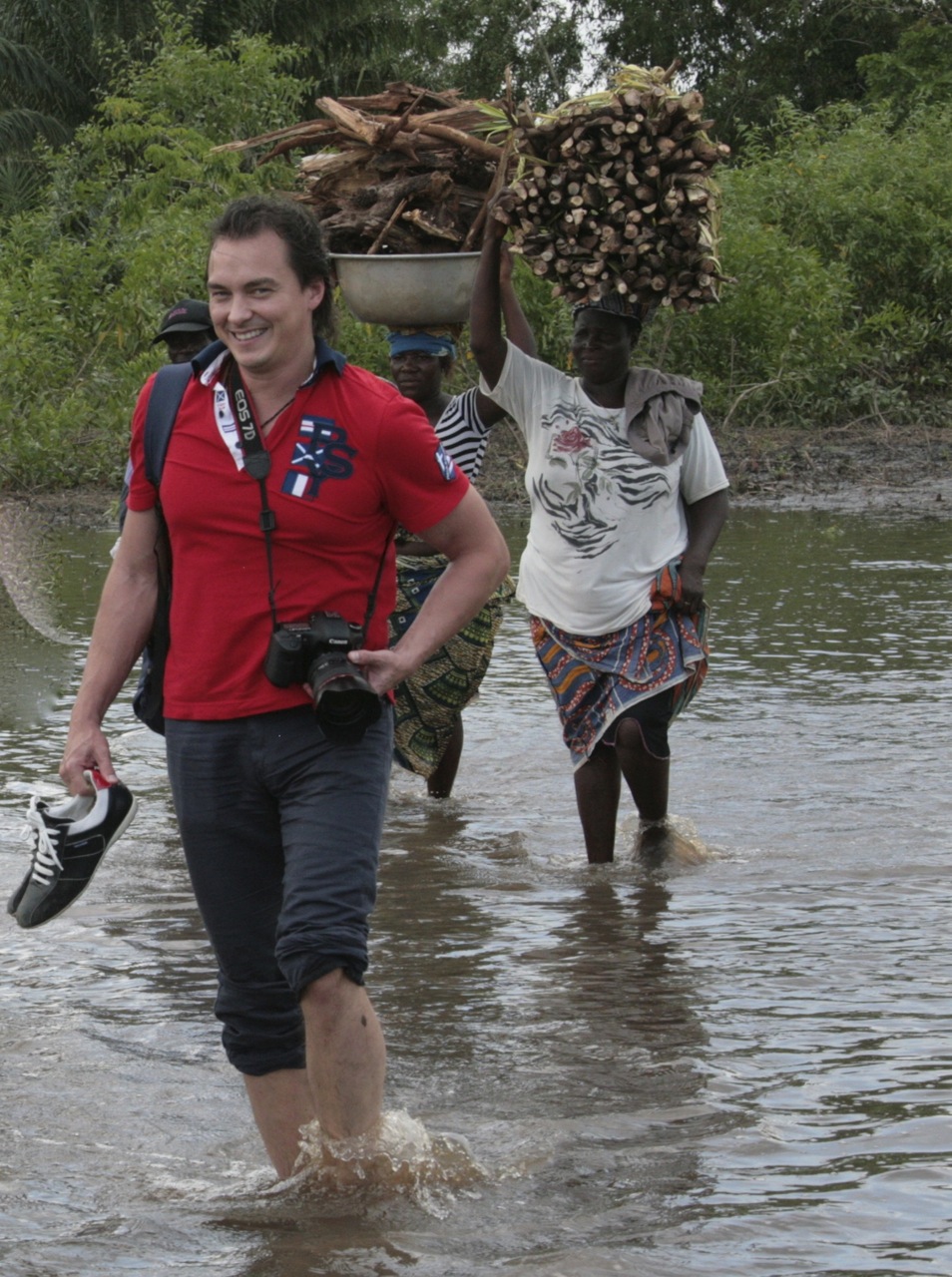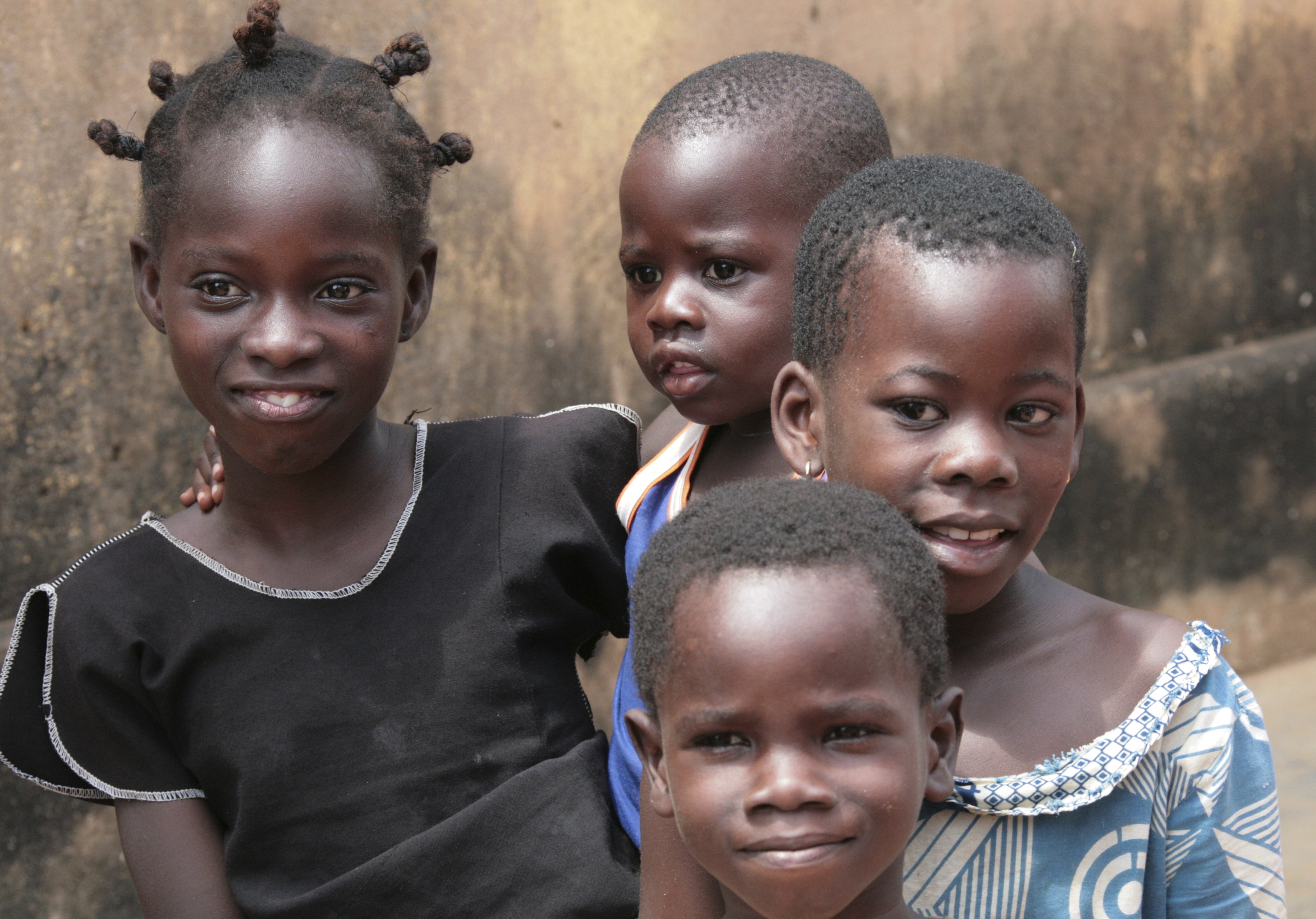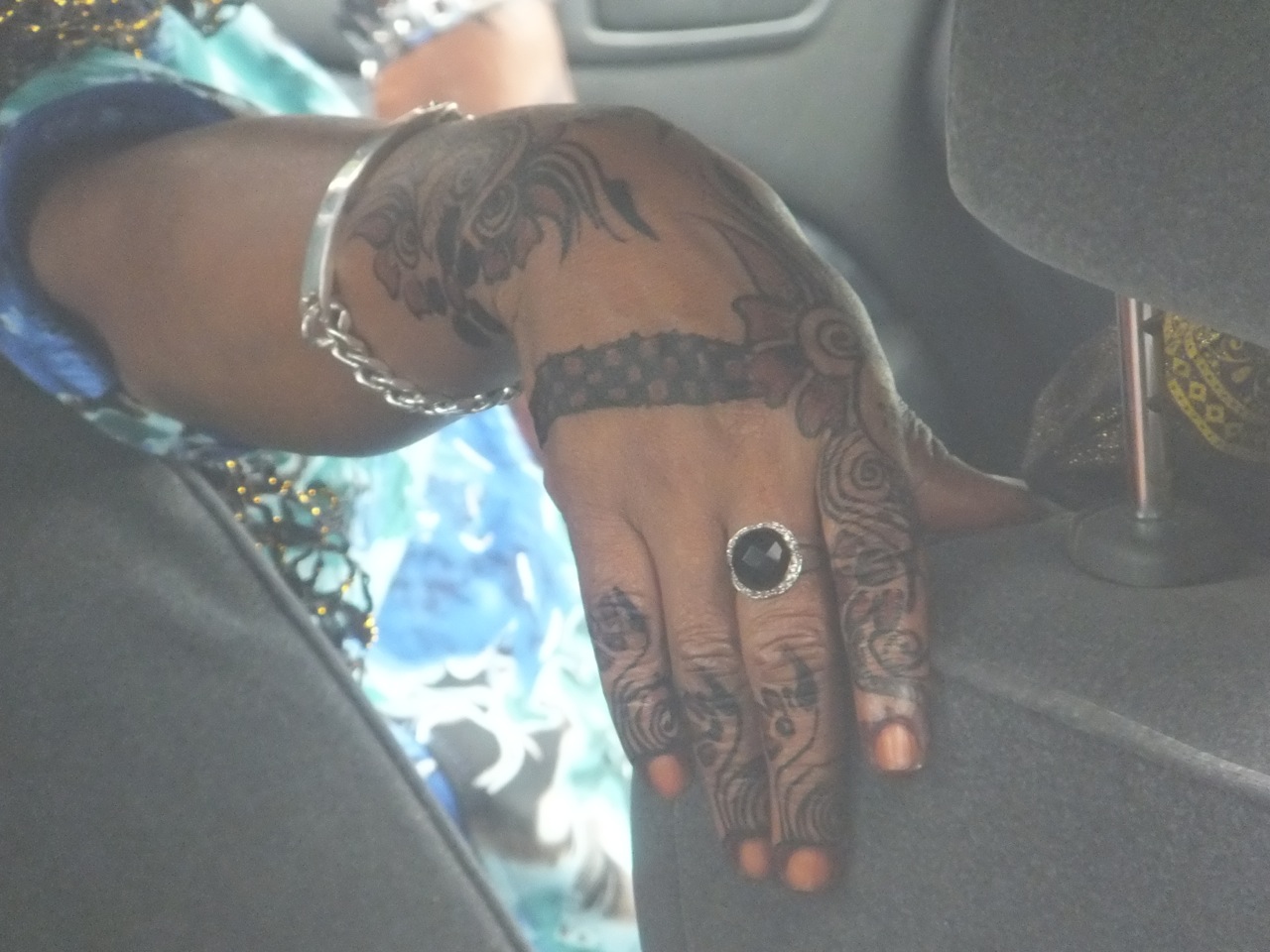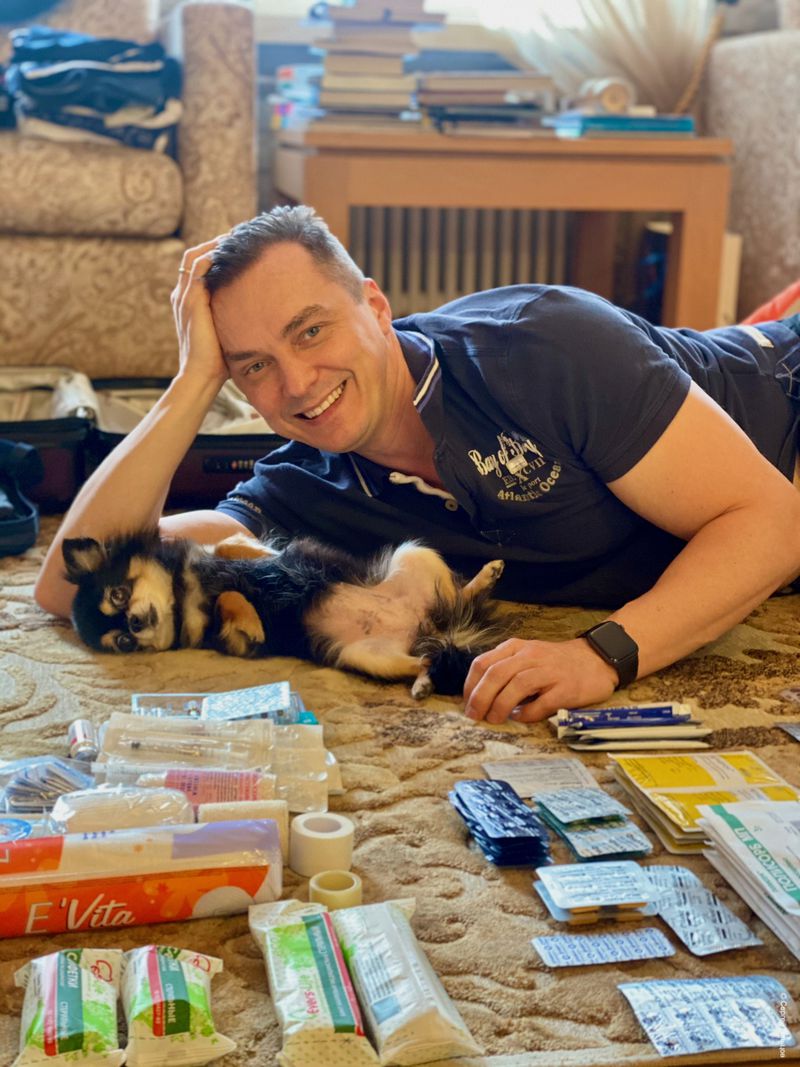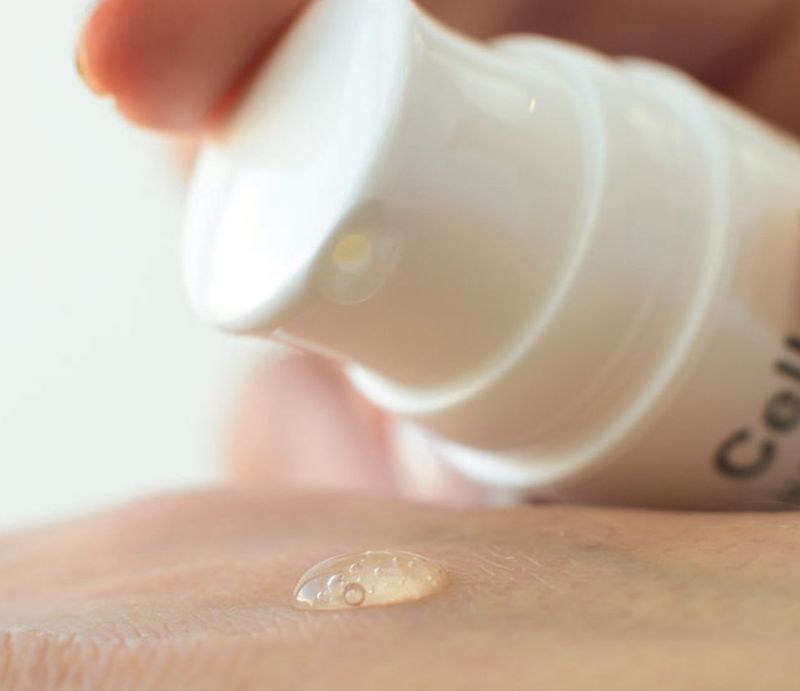Living Parallel, part II-Experience.
Bolivia, Uyuni salt marsh, Incahuasi island.
The news portal Tumix.ru and namely Marina Uralova decided to interview me about it after my coming back home (safe and sound :) ) from two international (ethnographic and anthropologic) expeditions organized by Professor A.G. Teslinov and Professor D.M. Bondarenko (Institute for African Studies of the Russian Academy of Sciences) comprised of Living parallel to East Africa (2011) and West Africa (2012). So, they managed to get me to talk about beauty and many other things… :)
- Sergey, what canons of beauty do the ancient tribes have? Surely, this can’t be a notorious 90/60/90 standard.
- Everything depends on the territory where a woman lives, as there is a great number of tribes living far from civilization. Africa varies and every tribe has its own preferences. There are tall and small beautiful women, slim and ample-bodied ones. Africaisquitediverse. Definitely, there are many beautiful women: they are all unique, cheerful and loud, having prominent body shapes.
As a doctor I noticed one peculiarity: they all have a protruding derriere. First I thought about the genetic similarity and the fact that the ancestor of human beings was an East-African chimpanzee. Ithoughtthiscouldbesomehowconnectedwithprimates. Butitturnedouttobewrong. This is the result of a specific way of carrying babies: they do not carry their children in front of them in their arms but fasten them to the back and gently support them with the lower back. Due to this position a child sits a bit lower than the low back. To make the child comfortable his/her mother has to twist her back. Thus specific African shapes are formed.
- When does an African girl understand that she is beautiful and begin to ornament herself?
- Since the very first days one feels the influence of the environment. Girlsbecomeself-sufficientquiteearly. Since 3-4 years of age they assert themselves by doing hair and ornamenting their bodies. If we take into account the European approach to the child’s appearance when the parents have the last word, in Africa from an early age a child realizes his/her potential towards the people around and forms competitive abilities on the basis of external components. At the age of 3 they graze livestock and at the age of 7-8 they have their earflaps pierced with a horn fragment. Then the hole is widened with pieces of wood. As time passes these heavy accessories made of beads and seed beads draw the earflaps out to the shoulders. For example, the more drawn out earflaps the Masai man has the more handsome and respectable he is considered.
- How do grown up girls approve themselves?
- The nature of African beauty may be the most exotic one. At the age of 16-18 when the rave of colours of the outside world multiply by the active endocrine profile many girls in the tribe cover their bodies with lots of patterned scars. It is considered that the more scars a woman has the more beautiful and beloved she is. That is why they deliberately cover their bodies with scars and sometimes rub some acid plant sap into cuts on the skin and even put maggots there to make the scars more prominent.
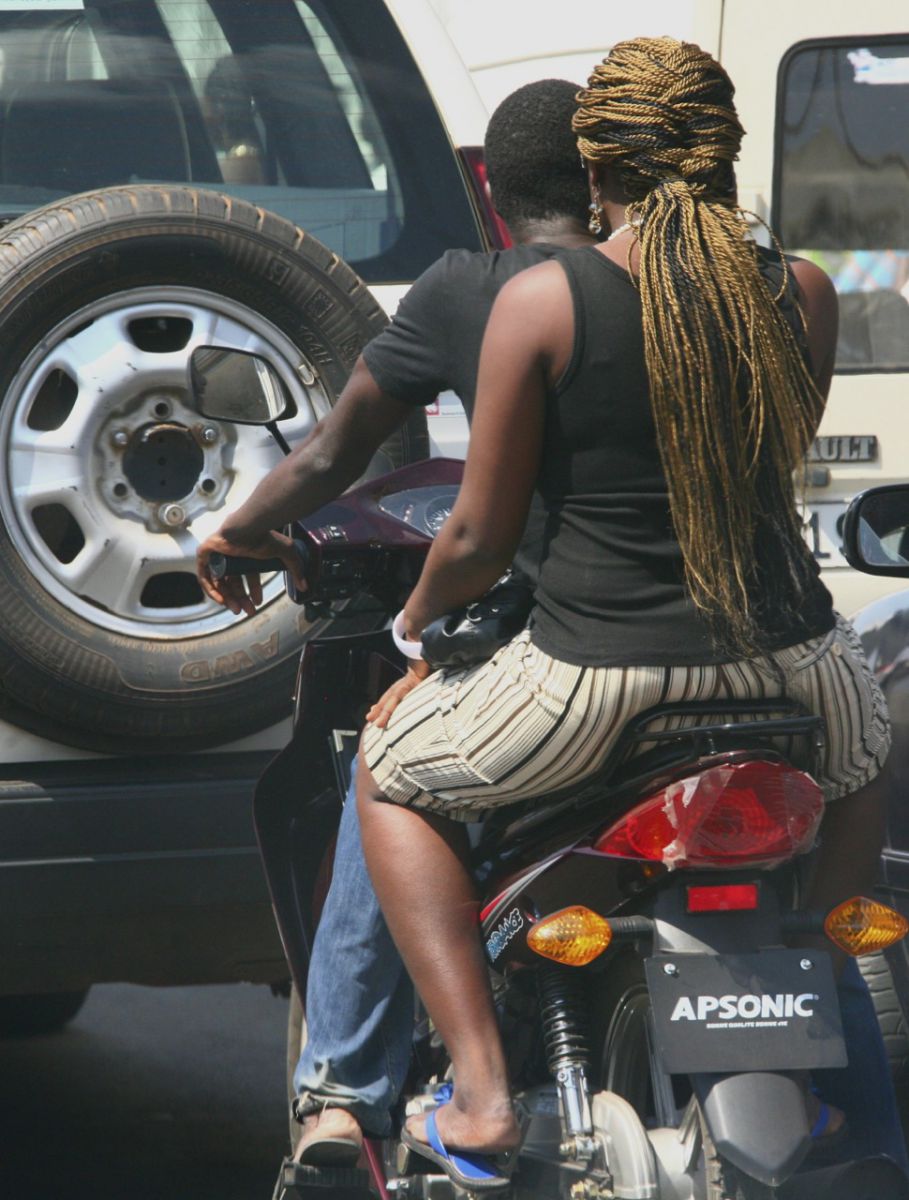
When the puberty period starts the girls braid their hair and smear it with ochre and clay. Some girls wear such hairdo throughout their life. First the hair is not long and covers the face. When a girl is not a virgin any more she combs her braids back and lets them grow. But it differs from tribe to tribe.
- Yes, of course. Women and girls in these tribes do nothing but take care of themselves: they make bracelets and thick hoops for the arms, legs and neck as well as various accessories, cover their bodies with ochre and never wash themselves. And they have just perfect skin even the elderly ones.
- What other facial and corporal deformities do the tribe members have to look beautiful?
- Breasts are often subject to alteration. With the help of small loads they stretch their breasts and put them into shape of bags. Actually, many African tribes have the tradition of stretching different parts of the body.
The natural structure of the neck dissatisfies some African women as well. In East Burma on a high plateau there live women of the Padaung tribe famous for their unusual neck. Since the age of five the girls have the brass coils put on the neck one by one thus gradually stretching the latter. Eventually the neckr eaches the height of 30-35 cm.
The chin of a long-necked woman rests on a small platform. The 10-kg metal structure is decorated with silver chains which stand for the wealth, elegancy and social status of the proud wearer of the “giraffe” neck.
The voices of these nice women sound as if they speak out of a deep well. They cannot drink tea out of a cup and use bamboo straws for this purpose. Their neck muscles are greatly atrophied and they are not able to hold their heads. These women do not even think of any misbehavior. The punishment for any fault is quite severe: the coils are taken off the neck and the head falls to the side thus provoking asphixy.
The Masai women knock a tooth out – and it is considered to look nice. Once there was a suggestion that they did it to get a clearer whistle when calling livestock. But the reason has turned out to be different: it is just considered the most beautiful. The most interesting fact that in the course of time there have been born baby girls without a lower tooth. So, this may indicate the influence on some genome.
- Should a tribal woman use the accessories every day or on special occasions?
- The beauty has gained an obligatory daily nature. The women spend much time taking personal care. It is as much an important activity for them as the care for a living. Moreover, the daily routine of an African woman essentially starts with adorning herself immediately after waking up according to her opportunities. And in case of some special occasion these accessories obtain more sense, they use more of them. Besides, there are special accessories for special occasions.
- How do the tribal women take care of their skin, hair and teeth? What care products do they use?
- To protect the skin and the hair from the sun some tribes use the mixture of red clay, water and a raw egg. Other tribes basically use ochre, ground chalk and plant pigments as care products.
Some tribesmen cover their bodies with ashes which they get after burning the animal manure. It turns out to be the perfect means healing the mosquito bite marks.
There are many recipes and the majority of them are based on the mixture of plants, ashes and saltpeter.
For beauty purposes many African tribes use raffia palm oil and coconut oil. Sometimes they mix castor oil with animal fat and even butter adding some mahogany, race, plants or metal dust.
- Do some African tribes really practice genital mutilation?
- Absolutely true. This is called the pursuance of beauty through traditions and the overcoming through pain. And if in case of men the process of circumcision involves the prepuce, the genital mutilation concerns the clitoris. By the way, the circumcision is carried out at the age of 16 when a man is mature enough to have a family, and for this purpose he has to be circumcised with a long sharp knife without any anaesthesia. If a man has 5 cows he can marry for the first time and if he owns 10 cows he can have the second wife keeping the first one at the same time. And one more thing: before marrying the first time he must kill a lion alone, but unfortunately only few people manage to do this. These are the fiancés!
- And what about food? What does the regular diet of the tribesmen include?
- Basically it includes meat, vegetables and a lot of fruit. If we take the Masai people they drink blood mixed with milk. Sometimes they do not even kill an animal but just cut, for example, its leg and drain the blood. Then they milk a cow and blend the ingredients. Thus they got some kind of a cocktail.
- Are there more tribal women than the civilized ones? How does a typical capital city inhabitant look like?
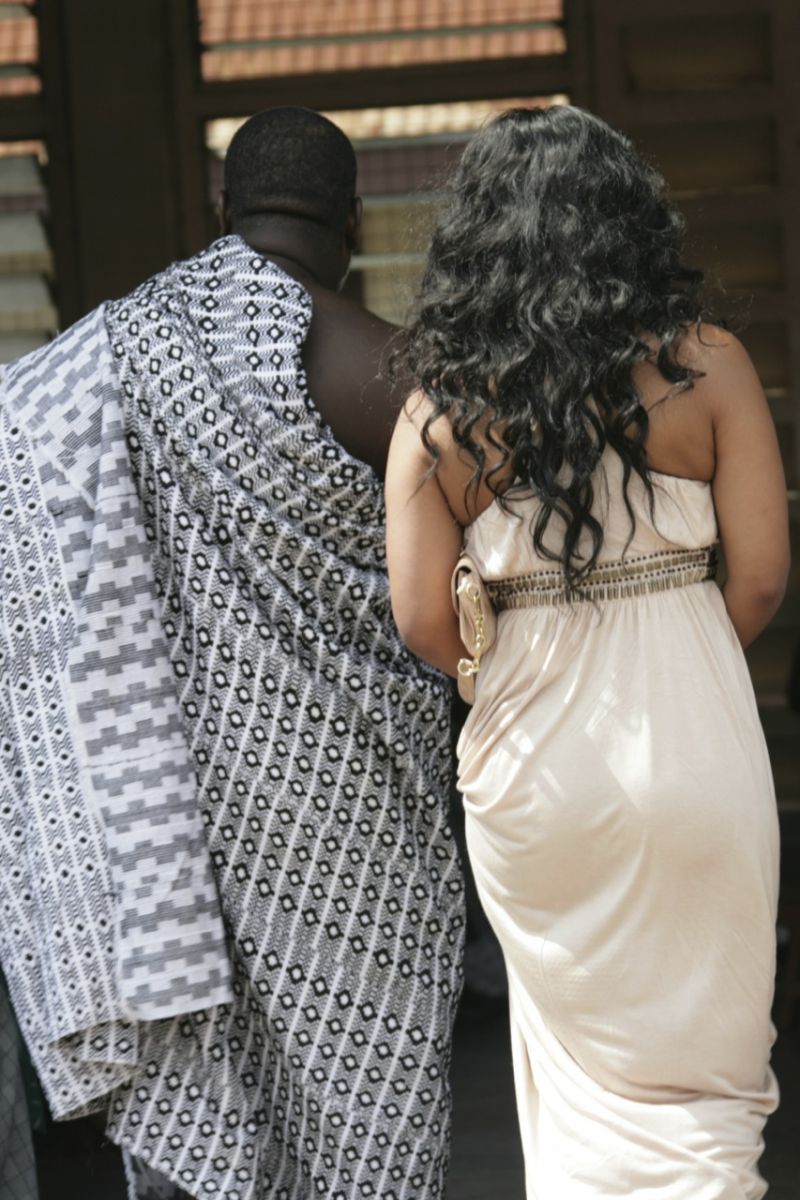
- The number of the tribal women is certainly much greater than of the civilized ones who use the Internet, the telephone and many other conveniences of the contemporary world.
A woman living in the city has more opportunities to buy some expensive accessories and textiles. If the lion’s teeth are considered the most expensive and beautiful fashion jewelry in the tribe then a rich woman living in the city wears diamonds. By the way, the tradition of adorning oneself is obligatory in the city as well! An unkempt woman would never go out no matter where she is: looking after hens and livestock in the tribe or being the minister’s wife.
An African hairdo – cornrows and dreads – of the European young people does not surprise anyone nowadays. Girls cover their bodies with tattoos, studs and art. New mothers gladly uses lings carves for carrying babies.
African style clothes are especially recognizable today. Accessories matching almost any attire. It can be multilayer beads, wood or metal bracelets, heavy earrings, necklaces made of natural materials, pendants made of animal fangs and bird feathers as well as various amulets.
If I was sometimes carried away don't judge too harshly, this is all Africa, my friends, all Africa…:)
I’d like to say that the modern European women would do even well to learn from the African ones. To begin with it wouldn’t be a bad idea to think of personal touch in everything. Love for oneself and acknowledgement of one’s unique character. This feature has always been considered the chief one contributing to the ideal of the female attractiveness. The upbringing of girls which implies freedom of choice and refinement of taste. This is a worthy example of a kempt and a well- dressed mother.
What makes me rejoice is that the tribes do not have any problems with overweight. Plus-sized women symbolize a wealthy family, and slim women are the mark of poverty and malnutrition.
Moreover, the notions of depression and mental disorders are essentially excluded from the tribes’ life as the excellent prevention of these diseases includes lively ritual dances and the desire to make the outer world brighter and more beautiful.










